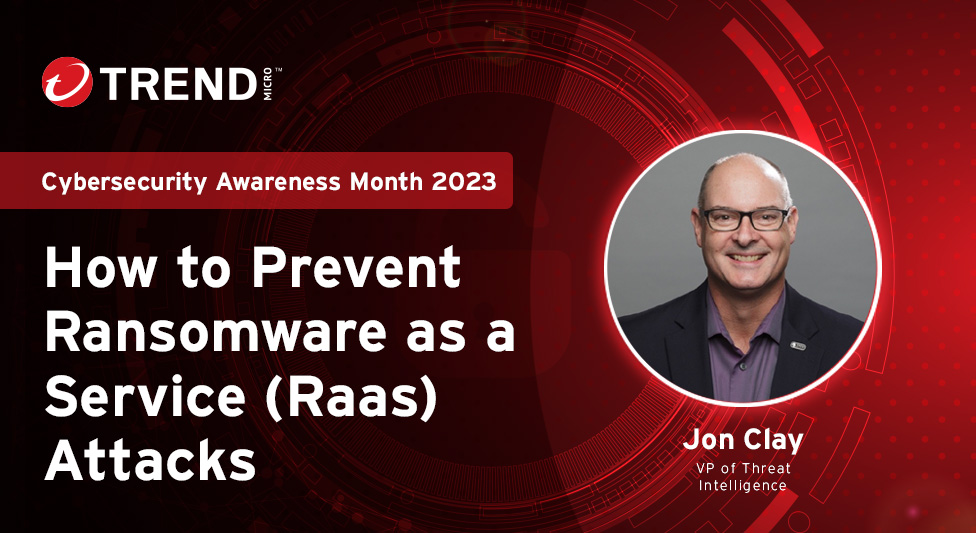
October 11, 2023 at 09:44PM
Ransomware as a Service (RaaS) attacks are on the rise, with a significant increase in the number of victim organizations. RaaS operators recruit affiliates to carry out the attacks, split the ransom amounts, and provide sophisticated tools and interfaces. To prevent ransomware attacks, companies should leverage cybersecurity frameworks, use a single cybersecurity platform, implement a zero trust network security approach, regularly back up files, and train their defense strategy.
Key takeaways from the meeting notes on Risk Management and How to Prevent Ransomware as a Service (RaaS) Attacks are as follows:
1. Ransomware as a Service (RaaS) has led to an increase in ransomware attacks. RaaS allows prospective attackers to easily acquire the necessary tools and techniques for launching costly attacks on large organizations.
2. RaaS operators recruit affiliates who perform the ransomware attacks. They split the ransom amounts with their affiliates. Ransomware kits can range from sophisticated to limited.
3. RaaS operators rely on marketing and recruitment to scale their operations globally. They invest in recruiting efforts to attract more affiliates.
4. RaaS operators are selective when choosing targets to increase the chances of a big payout. They avoid specific countries with strict anti-money laundering policies.
5. The most prevalent RaaS families in 2023 include LockBit, BlackCat, and Clop. These families have been responsible for high-profile attacks on various organizations.
6. Ransomware attacks pose a threat to businesses of all sizes, and recovery times are expected to be longer as attacks evolve in complexity.
7. To prevent ransomware attacks, organizations should leverage cybersecurity frameworks, use a single cybersecurity platform for better visibility, implement a zero trust approach to network security, regularly back up files, and train employees on security awareness.
8. To improve attack surface management against RaaS operators, resources such as the Trend Micro 2023 Midyear Cybersecurity Report and Attack Surface Management Strategies should be explored.